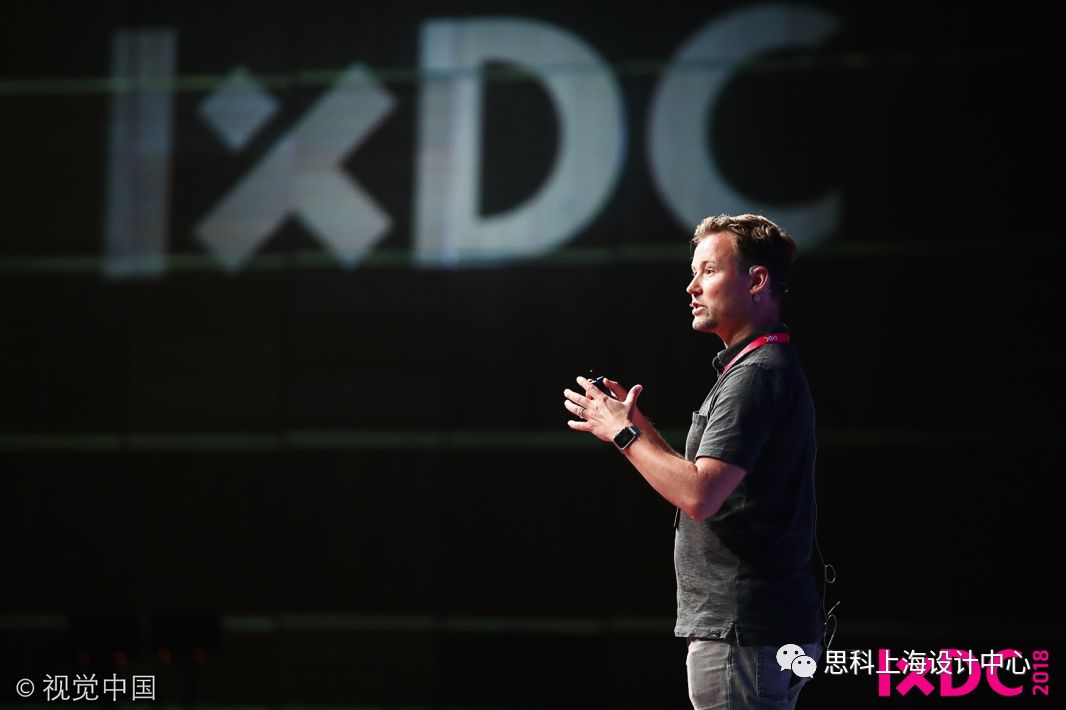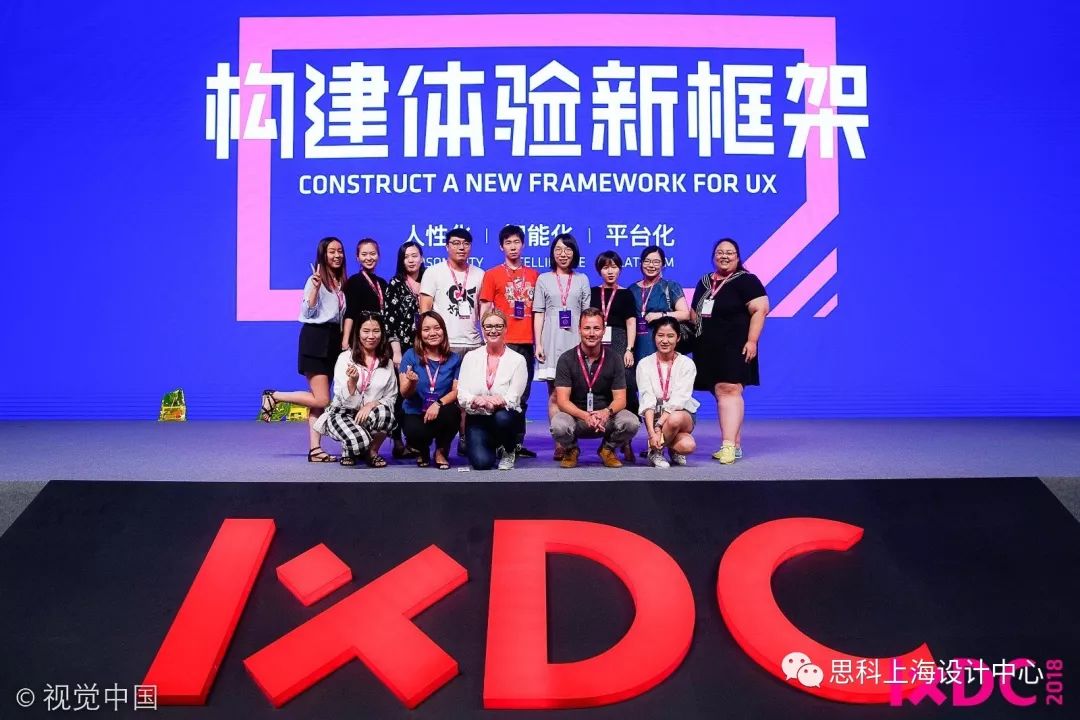Invisible Design Thinking From Cisco
Torkel Mellingen
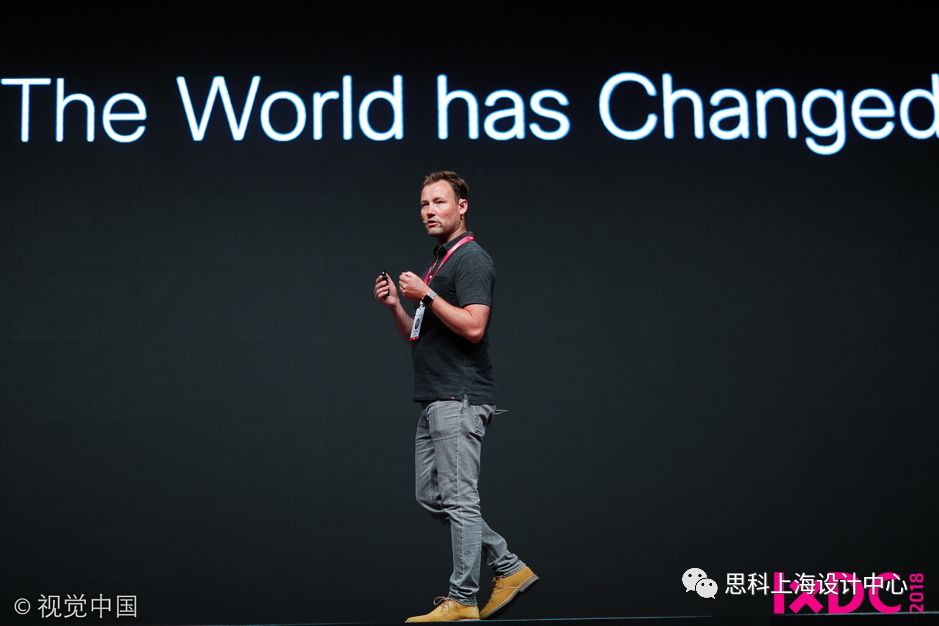
Torkel Mellingen, Vice President of Design for Cisco collaboration products, builds experiences, products and services that help people work better together. He is dedicated to making user experiences that people stop to appreciate, either through a product that delights by its presence or a user interface that simply empowers people.
TEAM IS FUTURE
Most
productivity tools are designed for individuals, not teams. Personal
technology is designed for people’s relationships with their devices and
apps. Team tools need to be designed for people to connect with one
another, with technology fading into the background.
The Design Group at Cisco calls this Invisible Design.
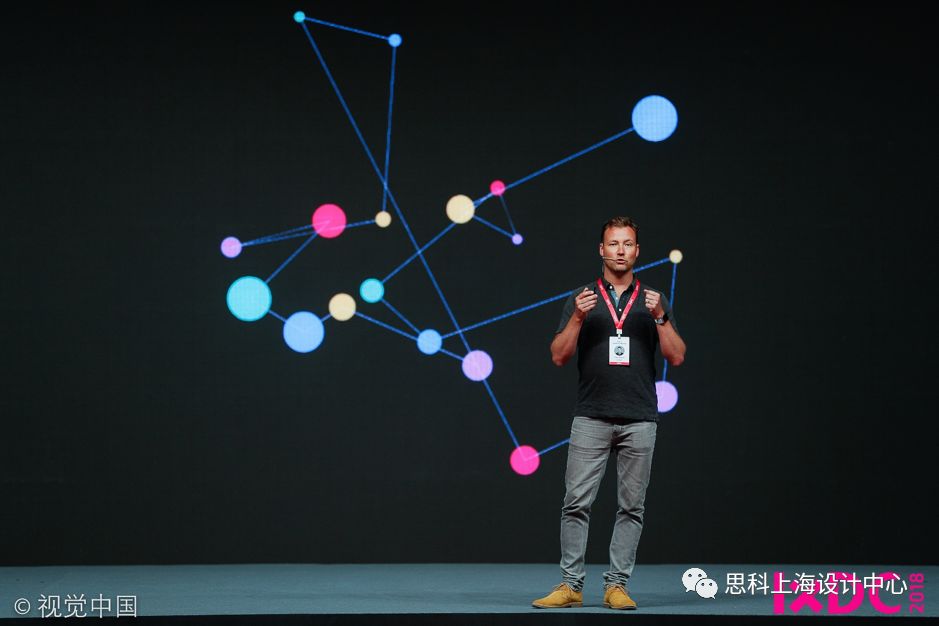
We’re using invisible design to eliminate the drudgery and frustration in today’s meetings. In fact, we’re blowing up the idea that a meeting is what happens in a location at a scheduled time. High performance teams need tools that help them engage and build trust together both inside and outside of a meeting room.
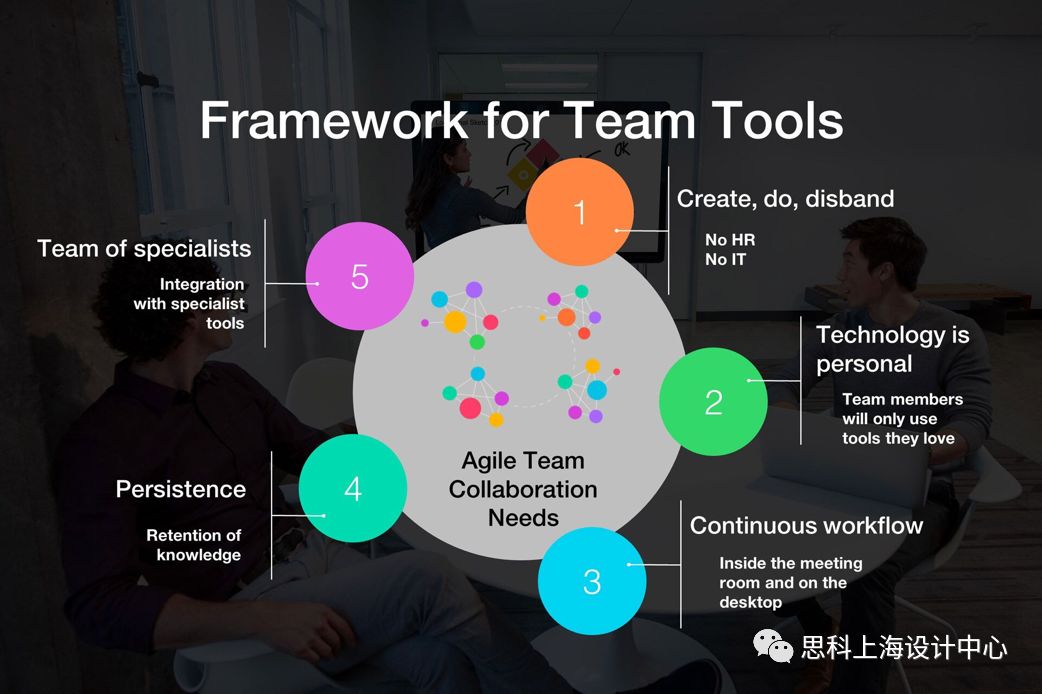
It
was essential that the designers shared this common design language
because The Design Group has had to recruit designers from around the
world. The designers come from very different cultural backgrounds, from
China and the U.S. to Poland and Norway. Yet the designers talk about
the team as community and even family.
Torkel
explains how he has achieved this, “What's special about The Design
Group is that it has completely taken out the hierarchy.” He has
established D-zone, a gathering of all collaboration designers to share
best practices. D-Zone creates its own team culture that transcends
regional differences.
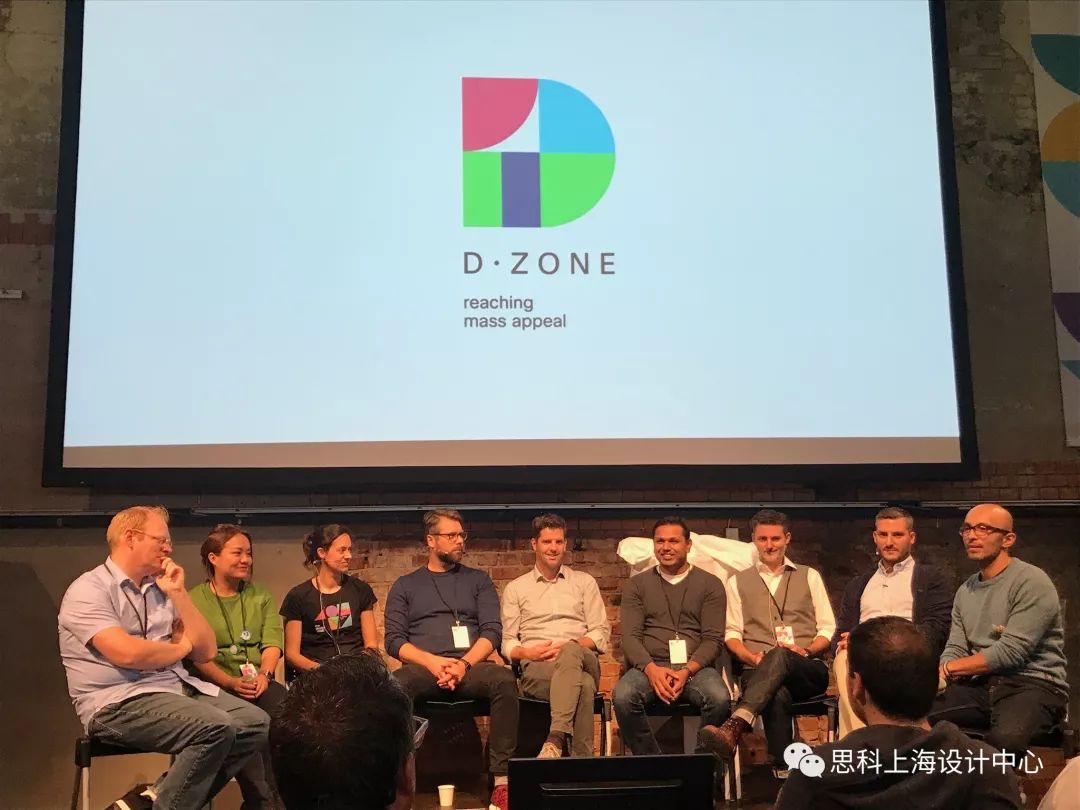
D.ZONE-- 2017.10
D-Zone
and the culture of creativity also helps break the team free from the
company’s networking roots. Cisco is a leader in networking and
security, but those products do not have to be instantly understandable
and loved by individuals working together on a team.
To transform collaboration into ‘consumer-grade’ solutions that inspire, the team has had to be very stubborn about their principles, and to support each other.
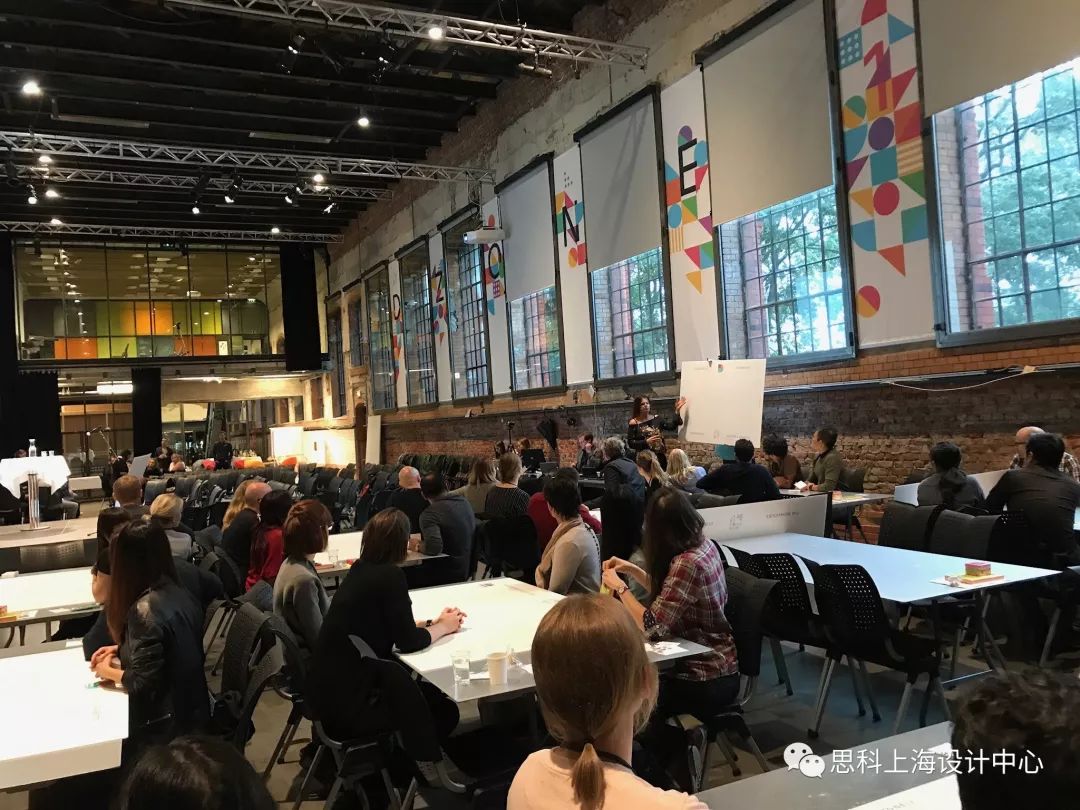
D.ZONE-- 2017.10
INVISIBLE DESIGN
Torkel
and his team worked together to formulate these design principles, so
that by helping to define the principles the team members internalized
them – they have become second nature.
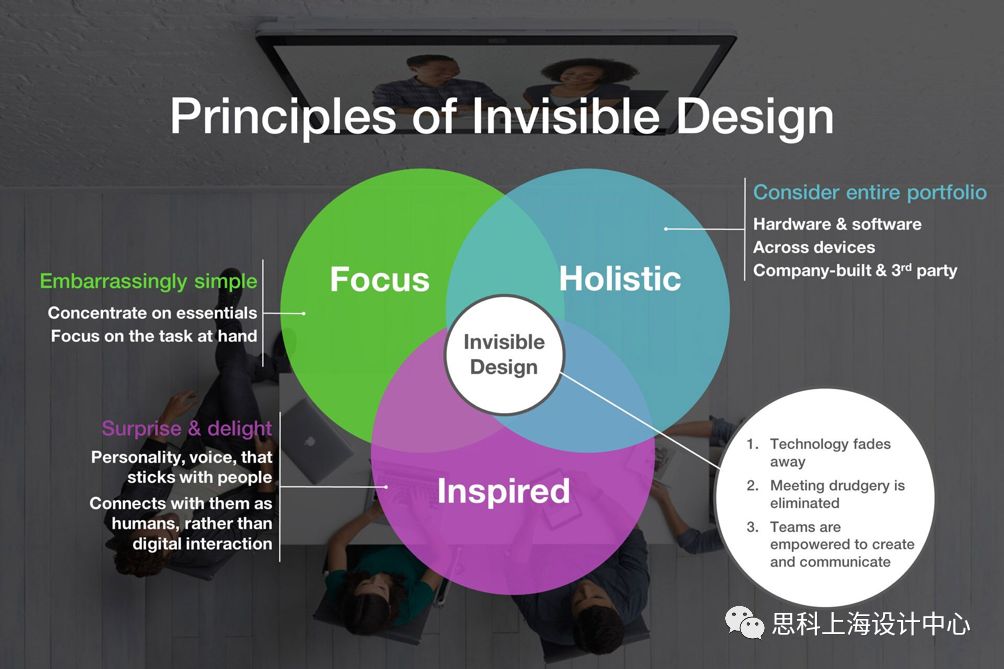
1. Holistic. Cisco designers consider their suite of collaboration tools as a “service” that addresses the needs of a team, rather than individual products. Designers at Cisco strive to create a unified experience across the user journey, from ideation to feedback to decision-making.
2. Focused. When designing the Spark Board, Cisco designers stripped out unnecessary functions and doubled down on enhancing the most used elements of the collaboration experience. They made it “embarrassingly simple”.
3. Inspired. When
we enjoy tools, we are more likely to use them and return to them again
and again. Spark Board was specifically designed to help people be more
creative together.
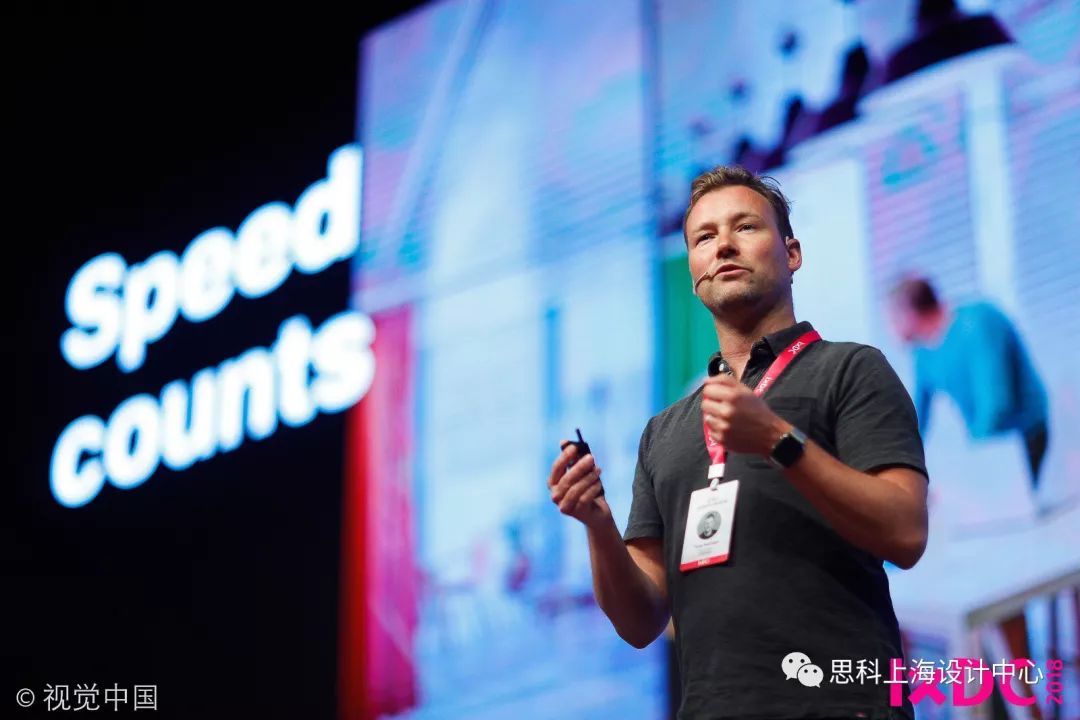
Cisco Webex Board
Cisco
Webex Board won the Red Dot Best of the Best award for “extraordinary,
innovative design.” The team applies three principles. The design was
made ‘embarrassingly simple’, looking and acting like an enormous tablet
for the wall.

The
Board has one button – even small kids know how to use. The design is
‘holistic’, including hardware and software for the Board, as well as
connecting to a mobile app. And finally, the Board was designed to
‘inspire’. It has a personality to it, with bright colors that surprise
and delight users.
Every
designer works with these three core principles as they design, whether
they are designing the hardware, like the tactile feel of drawing on
the electronic whiteboard with a finger, or designing the Information Architecture to unfold with colorful activity circles.
